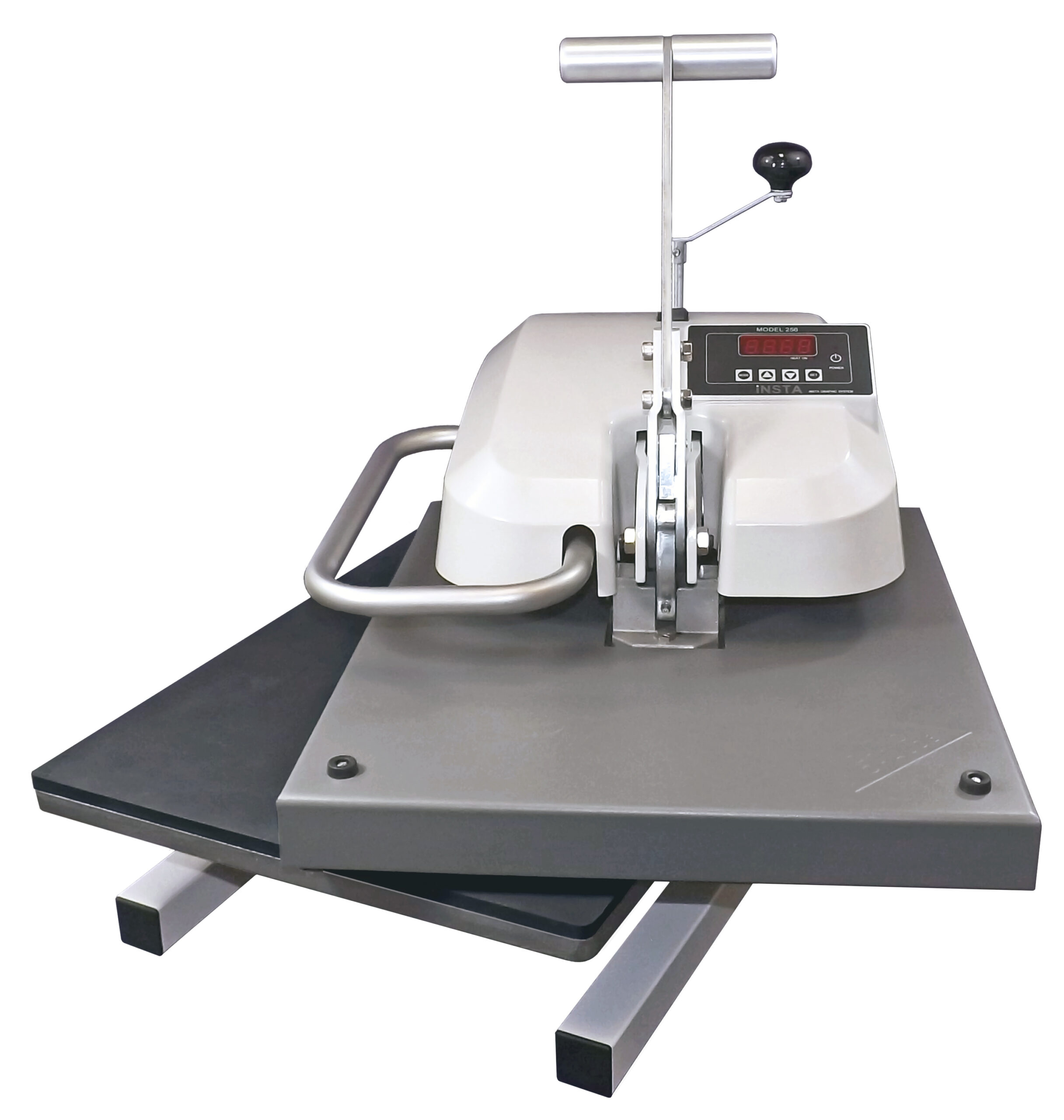Custom printing has evolved rapidly in recent years, introducing innovative methods that offer distinct advantages over traditional techniques. One such method that has gained significant traction is Direct-to-Film (DTF) printing. In this blog post, we’ll explore why DTF printing is capturing the interest of both hobbyists and professional printers, as well as the superiority and appeal of DTF printing compared to other popular methods like screen printing, sublimation, and Direct-to-Garment (DTG) printing.
What is DTF Printing?
Direct-to-Film (DTF) printing is a process where designs are printed onto a special film using water-based pigment inks. These prints are then transferred onto garments using a heat press. The process involves printing the design in reverse, applying a powdered adhesive, curing the adhesive, and finally pressing the film onto the fabric.
Advantages of DTF Printing
1. Versatility in Fabric Compatibility
One of the standout features of DTF printing is its versatility. Unlike sublimation, which is limited to polyester fabrics, or DTG, which works best on cotton, DTF printing can be used on a wide range of materials. Whether it’s cotton, polyester, blends, leather, or even nylon, DTF printing can handle it all. This flexibility makes it an attractive option for businesses and hobbyists looking to expand their product offerings.
2. Print Quality
DTF printing produces quality prints with vibrant colors and fine details. The use of water-based pigment inks ensures that the prints are not only visually appealing but also durable. The prints can have a soft hand feel, which means they are comfortable to wear and do not have the heavy or stiff feel associated with some other decoration methods.
3. Cost-Effective Production
Compared to other printing methods, DTF printing is often more cost-effective, especially for small to medium-sized print runs. Screen printing, for instance, requires creating separate screens for each color, which can be costly and time-consuming for smaller jobs. In contrast, DTF printing eliminates the need for screens and allows for quick changes in designs without additional setup costs. This makes it ideal for custom orders, one-offs, or limited edition runs.
4. Ease of Use
DTF printing simplifies the printing process, making it more accessible. The equipment required for DTF printing is relatively straightforward, and while there is definitely a learning curve, it is gentler compared to methods like screen printing or embroidery. This accessibility has made DTF printing popular among small businesses and individuals looking to start their own custom printing ventures.
DTF vs. Screen Printing
Screen printing has been a staple in the printing industry for decades, known for its durability and ability to efficiently produce large quantities. However, it falls short in several areas compared to DTF printing.
- Setup and Flexibility: Screen printing requires creating a screen for each color in the design, leading to higher setup costs and time, particularly for multi-color prints. DTF printing, on the other hand, is digital and does not require separate screens, making it more flexible and quicker to set up.
- Detail and Complexity: DTF printing excels in producing intricate designs with multiple colors and gradients, something that can be challenging and expensive with screen printing. This makes DTF an excellent choice for detailed or photo-realistic artwork.

DTF vs. Sublimation
Sublimation printing is renowned for its vibrant, full-color prints, but it has significant limitations that DTF printing overcomes.
- Material Limitations: Sublimation works only on polyester fabrics or specially coated items, limiting its application. DTF printing, however, can be used on a variety of materials, including cotton and blends, providing greater versatility.
- Print Feel and Durability: Sublimation prints become part of the fabric, resulting in a smooth feel, but the colors can fade over time. DTF prints, while sitting on top of the fabric, offer a balance between durability and a soft hand feel, maintaining vibrant colors wash after wash.
DTF vs. DTG (Direct-to-Garment)
Direct-to-Garment printing is another digital printing method often compared to DTF. Both have their unique advantages, but DTF holds several key benefits.
- Fabric Compatibility: DTG printing works best on cotton fabrics and struggles with polyester and other materials. DTF’s ability to print on a wide range of fabrics gives it a distinct edge.
- Pretreatment: DTG printing requires pretreatment of garments which can be cumbersome and messy. With DTF, once you print and cure your transfer, you can immediately apply it to your substrate with very little preparation.
The Future of DTF Printing is Here
The rapid adoption of DTF printing in the custom printing industry signals a bright future for this technology. Its advantages in terms of versatility, quality, cost-effectiveness, and ease of use make it a formidable competitor to traditional printing methods. As technology continues to advance, DTF printing is poised to play a significant role in the future of custom printing, offering endless possibilities for creativity and innovation. Whether you’re a hobbyist looking to create unique designs or a business aiming to expand your product line, DTF printing provides the tools and flexibility to bring your vision to life.
